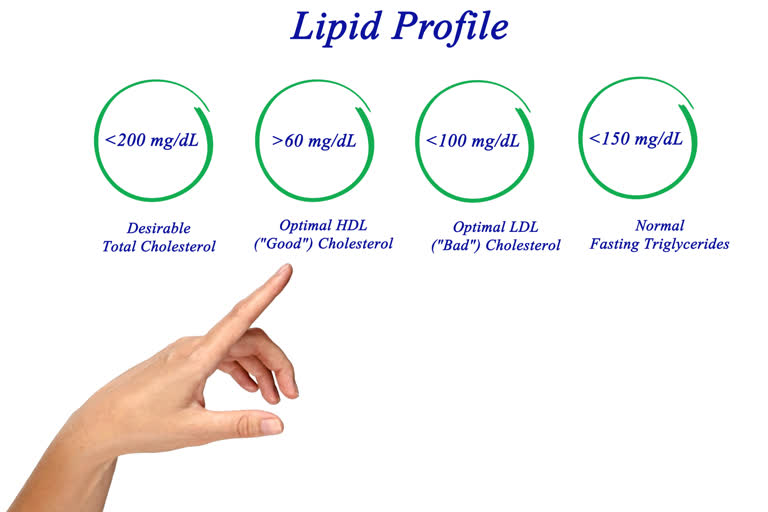A Lipid Profile tests the cholesterol levels in a person’s blood. Lipids are fat or fat-like substances present in the blood that are required by our body to function properly. Dr. Rajesh Vukkala, MD (General Medicine), Consultant Physician at VINN Hospital, Hyderabad explains, “Lipid Profile is nothing but equating to the fat content in the body, actually matching up to how much oil or related products you are consuming in a day. However, other conditions like drinking, smoking, obesity are also responsible for the cholesterol level in the body.”
Lipid Profile will have a certain set of cholesterols depending upon their size, according to which the sector of the lipid profile will be decided. The components of a Lipid Profile can be categorized into Good and Bad Cholesterol. Dr. Rajesh further explains what one needs to look at in the report:
- Total Cholesterol is the total amount of cholesterol present in the body.
For a healthy person, reading around 200 mg/dL is acceptable. However, people with conditions like diabetes, kidney diseases, hypertension, etc. who may fall in the high-risk scenario must have a reading of 150 mg/dL - High-Density Lipoprotein or HDL is the good cholesterol, which does a scavenging job inside the body. It clears all the clogged blood vessels and inappropriate concentration of abnormal fat inside the vessels.
A reading ranging between 40-60 mg/dL is good. Higher the good cholesterol, the better the result. - Low-Density Lipoprotein or LDL is the bad cholesterol that contributes to the clogging of the vessels. High levels of which can raise the chances of heart attacks or strokes.
A reading of 100 mg/dL is normal for a healthy individual and 70 mg/dL for the people in the high-risk scenario. - Very Low-Density Lipoprotein or VLDL is another type of bad cholesterol
- Cholesterol to HDL Ratio is also presented in certain reports to give a better idea about the cholesterol levels
“One should have good cholesterol (HDL) at a higher level. But, If you have a low HDL it is doubly dangerous for the person than having higher levels of bad cholesterol (LDL) and thus, resulting in a higher risk of developing a stroke.”, says Dr. Rajesh. Therefore, keeping your cholesterol levels in control is a must for a healthier life. Changes in the lifestyle and following a proper fitness regime may be helpful. Consult your doctor if your lipid profile is not as desired, as it may result in increasing the risk of strokes.



